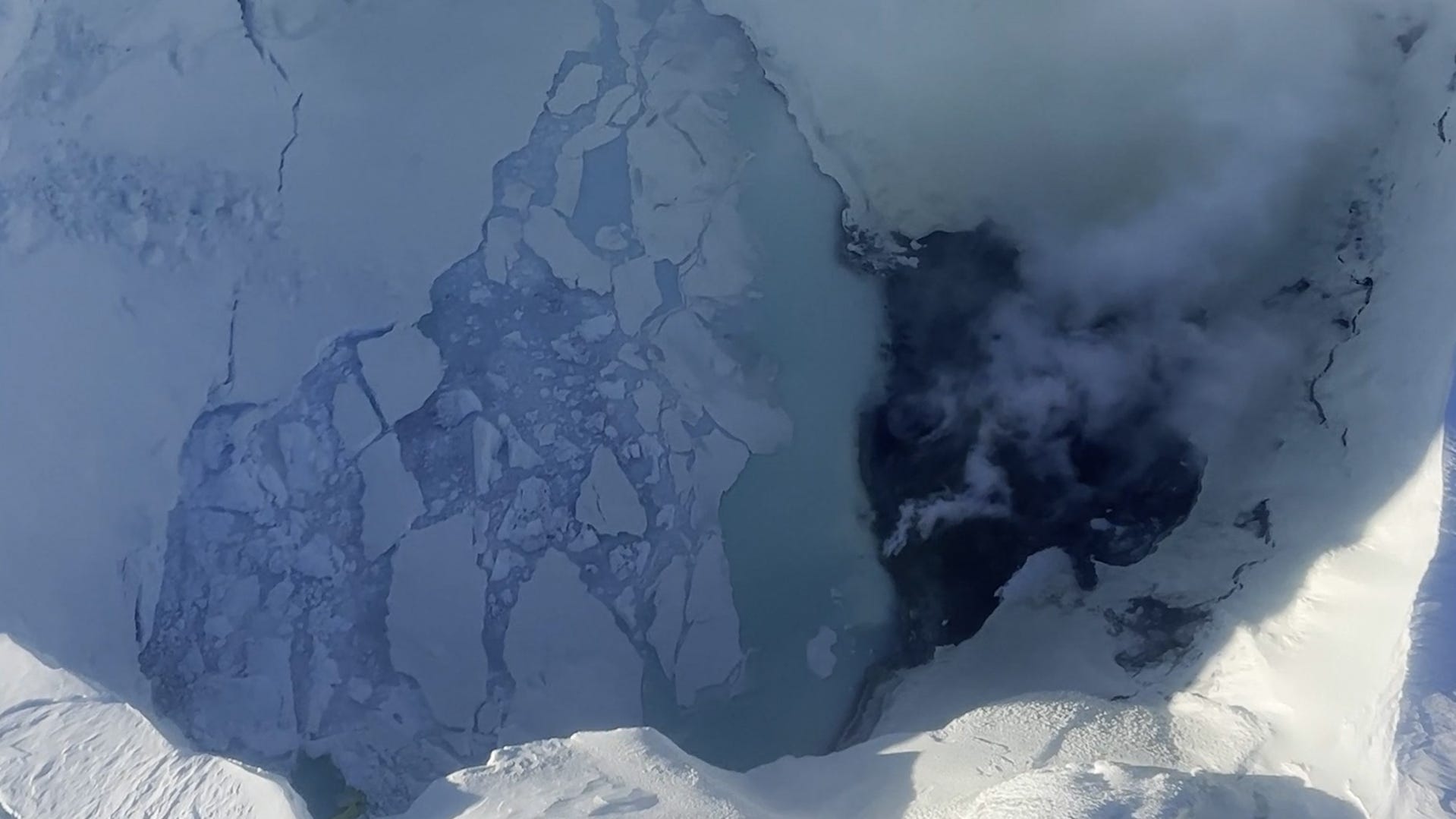'Extremely hazardous': Alaska volcano could erupt within weeks or months

Fresh magma has intruded into the Earth’s crust underneath Alaska’s Mount Spurr, 75 miles west of Anchorage, increasing the likelihood of an eruption within the near future, government officials said Wednesday afternoon.
The Alaska Volcano Observatory within the past week measured “significantly elevated” volcanic activity, with newly reactivated gas fissures, or fumaroles, seen at Mount Spurr’s Crater Peak. Increased earthquake activity and ground deformation continue as well, according to the United States Geological Survey.
“We cannot assign an exact timeframe for when an eruption will occur, if it does, but the increased gas emissions recorded on March 7 suggest that an eruption may occur in the next few weeks to months,” the USGS said in a news release.
The agency said magma has likely been accumulating beneath the 11,070-foot summit for some months. The peak is clearly visible from Anchorage, the state’s most populous city, and a significant eruption could severely disrupt air traffic.
Previous eruptions in 1953 and 1992 endured for several hours, producing ash clouds that carried downwind, prompting airport closures, impacting water supplies and raining up to a quarter-inch of ashfall throughout southcentral Alaska.
Those events ejected plumes of volcanic ash as high as 45,000 feet into the atmosphere, disrupting air travel between the U.S. and Asia via the great circle routes that link places like New York and Tokyo along the Earth's curve.
The USGS agency said a similar event is likely this time but anticipates increases in seismic activity, gas emissions and surface heating will provide “days to weeks of additional warning” prior to any possible eruption.
"While we expect additional changes to monitoring data prior to an eruption, it is also possible that an eruption could occur with little or no additional warning," the agency said, noting that such an occurrence would prove "extremely hazardous" for people or nearby aircraft.
Additionally, the agency warned that elevated levels of carbon dioxide and sulfur dioxide may pose a hazard to those in low-lying areas around or downwind of the gas vents. The former is particularly dangerous as it is colorless and odorless, making it difficult to detect.
Last month, observatory officials categorized the volcano with a "yellow" advisory level after the mountain had displayed "unrest" for about 11 months.
Mount Spurr is one of a string of volcanos in the Aleutian Islands that comprise part of what's known as the Ring of Fire, created by the Pacific plate sinking below the North American plate.
Volcanologists have also identified multiple significant eruptions throughout the geological record, around 1650, 3200 BC, 5500 BC and 6000 BC.
"It seems like it has big eruptions every 1,000 or so years," Michael Manga, a volcanologist at the University of California, Berkeley, previously told Paste BN.